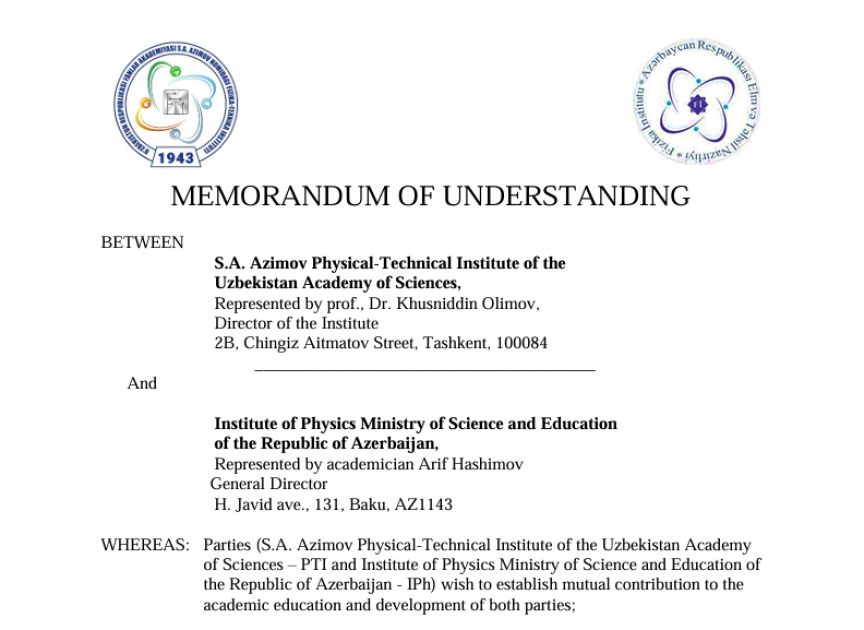An undertaker turned academic, Alexandra Morton-Hayward became interested in brains — specifically how they decompose — during her former job.
“I worked for years with the dead. My own experience is that the brain is pretty quick to liquefy (postmortem),” she said. “So it was a real shock when I came across a (scientific) paper referencing a 2,500-year-old brain.”
Now a forensic anthropologist studying for a doctorate at the University of Oxford, Morton-Hayward has discovered that brains, while not as commonly found intact as bones, do preserve surprisingly well in the archaeological record.
To understand why, the anthropologist has compiled a unique archive of information about 4,405 brains unearthed by archaeologists. Brains have surfaced from northern European peat bogs, Andean mountaintops, shipwrecks, desert tombs and Victorian poorhouses. The earliest discovered were 12,000 years old.
Morton-Hayward is primarily working toward understanding how these brains survive the ravages of time, with at least four preservation mechanisms at play.
RELATED ARTICLE10,000 brains in a basement: The dark and mysterious origins of Denmark’s psychiatric brain collection
However, the database also will open whole new areas of study, said Martin Wirenfeldt Nielsen, a senior physician and pathologist at South Denmark University Hospital, who wasn’t involved in the research. He’s also in charge of the University of Southern Denmark’s medical brain collection.
“This database will enable scientists to study brain tissue from ancient times and determine whether diseases known today were also present many years ago in civilizations completely different from the ones we currently live in,” Wirenfeldt Nielsen said via email.
“Examining tissue from brains that have not been exposed to the environment and stimuli in modern society might help us understand whether some of the brain diseases we encounter today could be at least in part caused by the way we live now.”
Fragments of brain from a person buried in a Victorian workhouse cemetery in Bristol, England, some 200 years ago. No other soft tissue survived amongst the bones, which were dredged from a heavily waterlogged grave.
Alexandra L. Morton-Hayward
A collection of ancient brains
Morton-Hayward scoured scientific literature going back three centuries and interviewed historians and archaeologists to catalog the brains. However, not all the corresponding physical specimens are still available for study.
The oldest were two 12,000-year-old brains reported from a site in Russia in the 1920s, which researchers described as being found with woolly mammoth teeth, Morton-Hayward said. It’s not clear what happened to the brains, she added.
Morton-Hayward works in a lab in Oxford, England, where she has helped build a collection of 570 ancient brains. They are kept in fridges in jars and takeout-style plastic containers because they have secure lids. The oldest specimen in the lab is an 8,000-year-old brain from Stone Age Sweden, which was mounted on a spike before burial in a lakebed.
RELATED ARTICLEAncient DNA offers new evidence in long-standing syphilis theory
Morton-Hayward and her colleagues identified four ways the brains, typically discolored and shrunken, had been preserved — factors often linked to the climate or environment in which they were found. The results were published March 19 in the journal Proceedings of the Royal Society B Biological Sciences.
Dry, hot conditions dehydrated the brains in a way that mimics the deliberate embalming of mummies, while in acidic peat bogs the body was essentially tanned like leather. In cold places, the brain was frozen, while in a few cases, fats found in the brain transformed into “grave wax,” a process known as saponification.
However, in around 1,328 cases, brains survived in the absence of other soft tissues, prompting questions as to why this organ may persist while others decompose. Interestingly, many of the oldest brains are preserved in this unknown way, Morton-Hayward said.
“We have this fifth mechanism, this unknown mechanism which we hypothesize could be a form of molecular crosslinking, possibly promoted by the presence of metals like iron,” she said, referring to the possibility that proteins and lipids in the brain fuse in the presence of elements such as iron or copper, allowing the brain to be preserved.
The researchers don’t believe the skull’s protective shell is behind the preservation of the brain in the absence of other soft tissue because preserved brains had been found in skulls damaged from trauma or the fossilization process, according to the study.
“Tissue from the central nervous system is extremely fragile and vulnerable and discovering that brain tissue has been preserved for so many years is extraordinary,” Wirenfeldt Nielsen said.
Shown here is the 1,000-year-old brain of a person excavated from the c. 10th century churchyard of Sint-Maartenskerk, in Ypres, Belgium. The folds of the tissue, which are still soft and wet, are stained orange with iron oxides.
Alexandra L. Morton-Hayward
Secrets waiting to be spilled?
It’s possible ancient DNA and proteins could be teased out from the brains — spilling secrets about the people to which they once belonged. If successfully recovered, the material potentially may be able to reveal things that molecular information extracted from bones and teeth cannot, Morton-Hayward said.
“The brain is the most metabolically active (organ) in the human body. It’s 2% of our body weight, but consumes 20% of our energy, constantly doing things. It’s an incredibly complex organ, and therefore it has this really unusual biomolecular composition. So the kind of wealth of information is just that much greater to begin with,” she said.
RELATED ARTICLEGene that protected humans 5,000 years ago may be linked to debilitating modern disease
“Ancient DNA could be preserved really well within these brains because of the way in which, at least brains of the unknown type, appear to be preserving,” she added. “They’re condensing and shrinking and driving out the water. And that’s forming this kind of closed system that could in theory, protect high-quality, high-yield DNA.”
Many of the people the brains belonged to have exciting stories deserving of more attention, Morton-Hayward said. One of the brains she documented belonged to a Polish saint. Another was the victim of an Inca sacrifice. As a former undertaker, she said she never forgets the humans behind the body parts.
“I’m so grateful for having that experience,” she said. “The most important thing is that you never lose sight of the fact that these samples they are human beings.”


.jpg)


.jpg)












